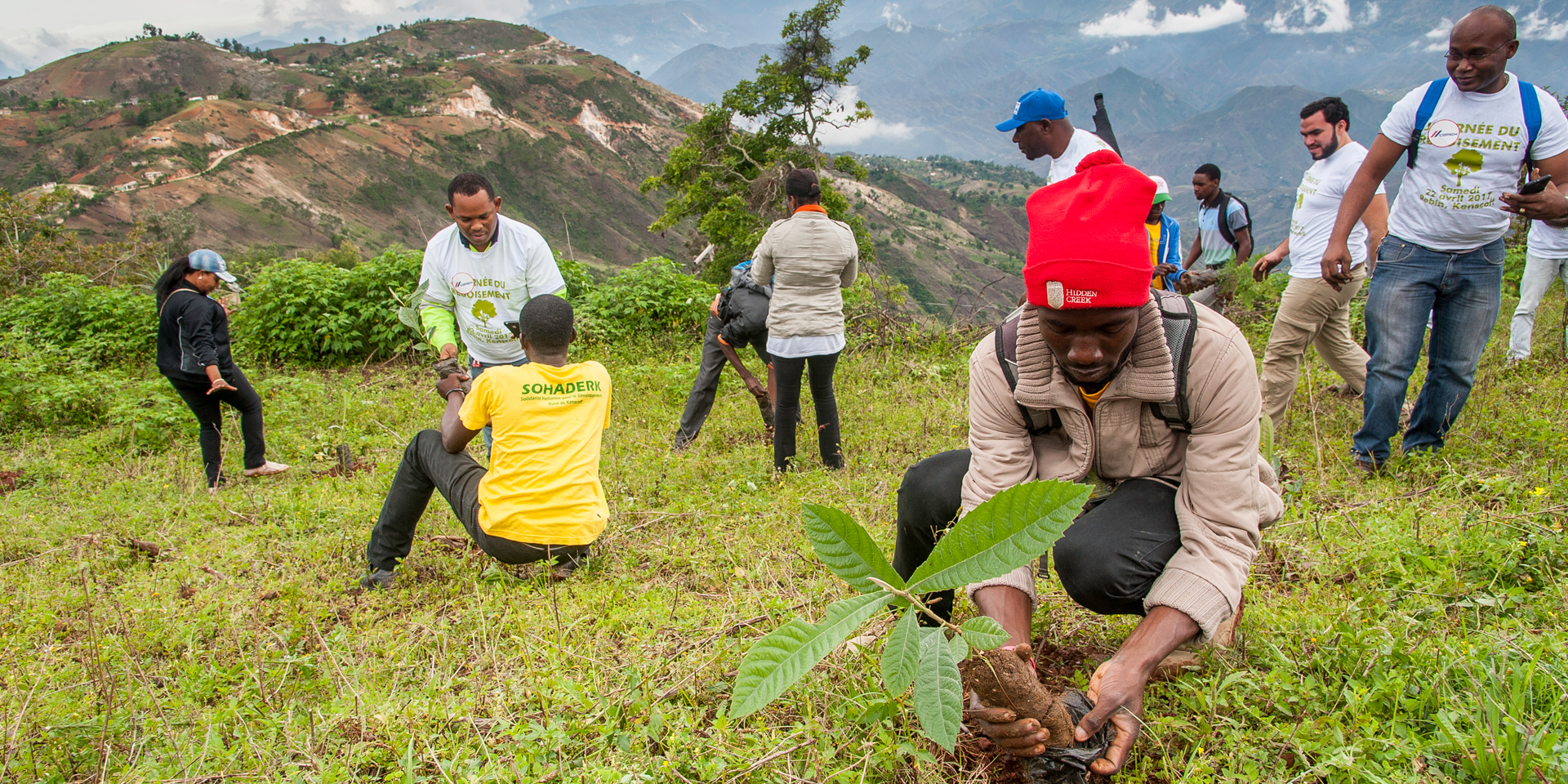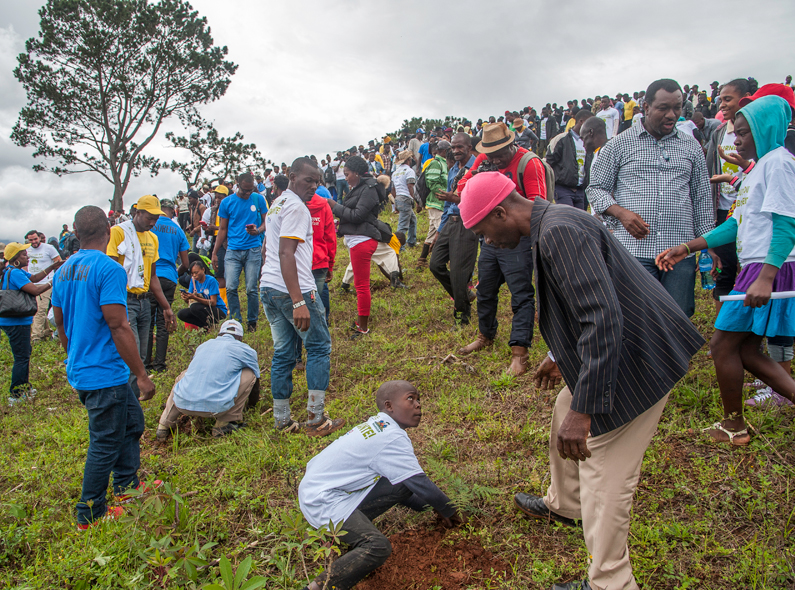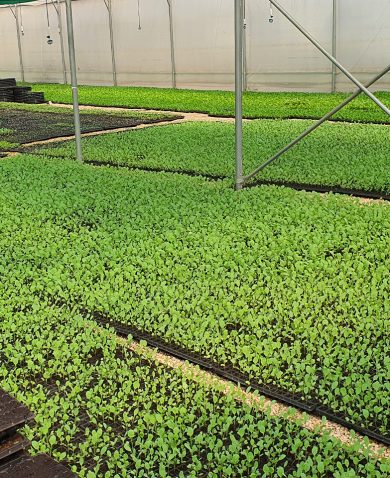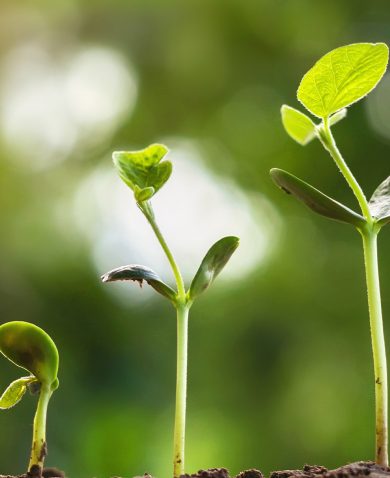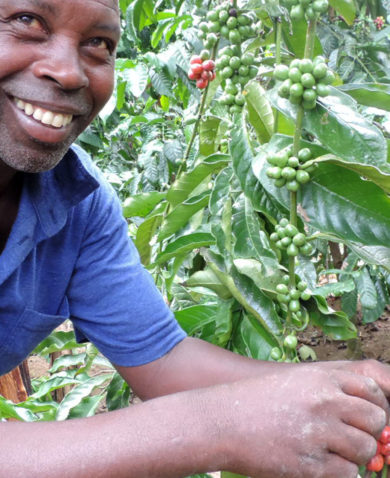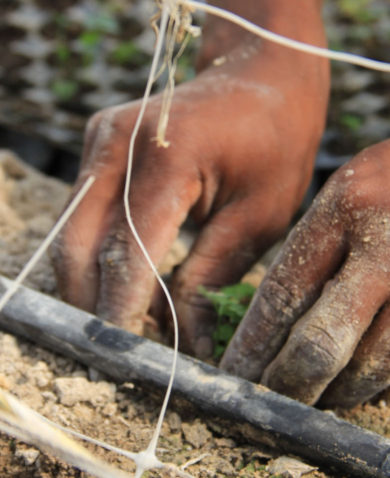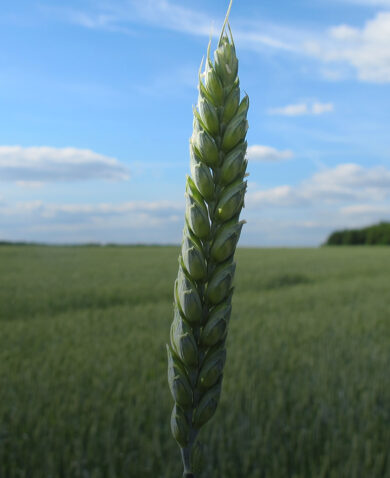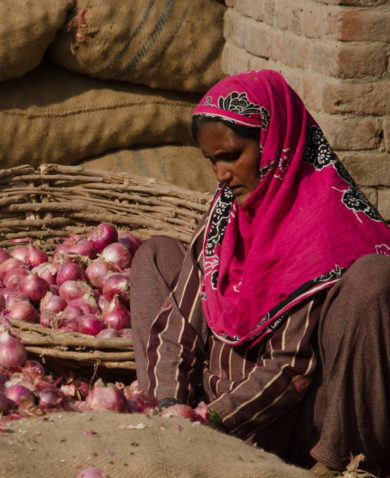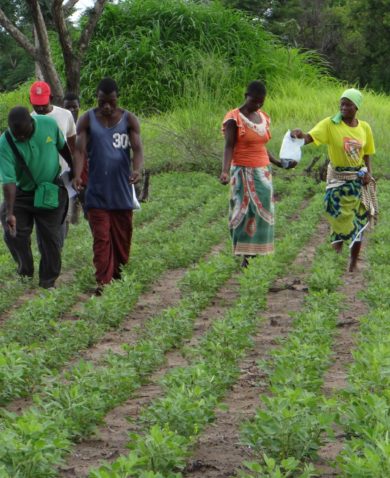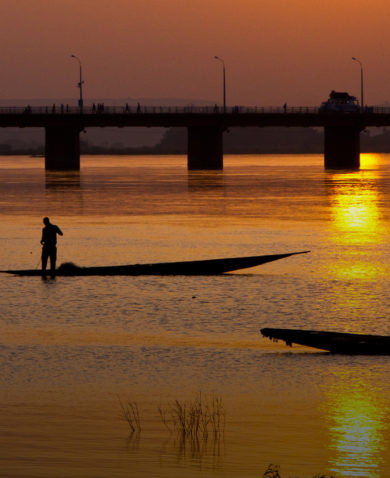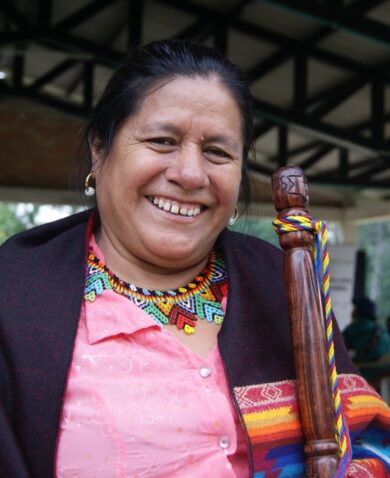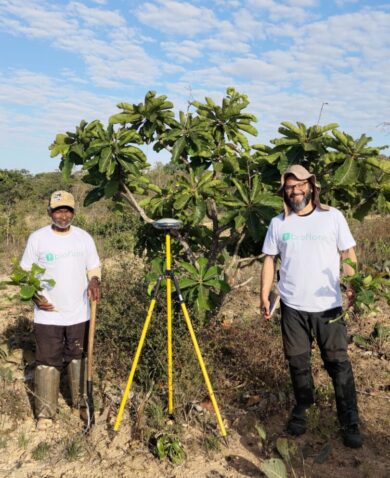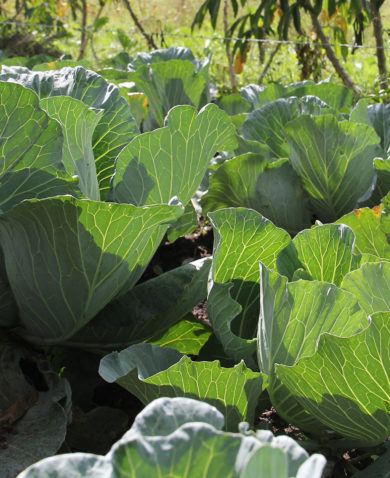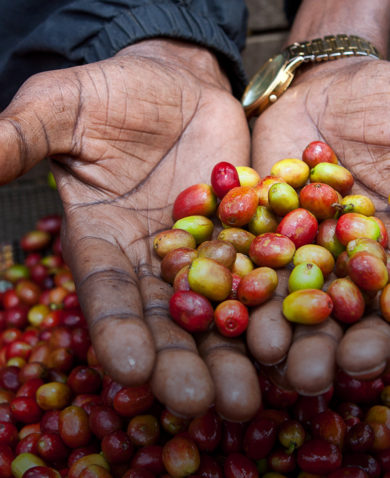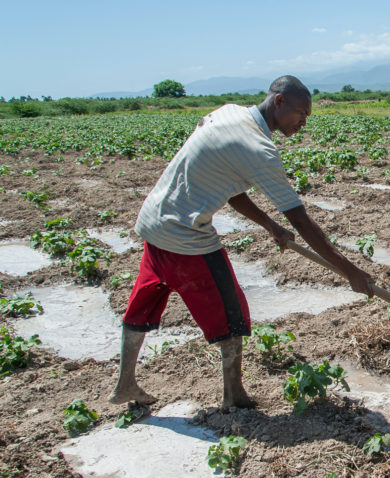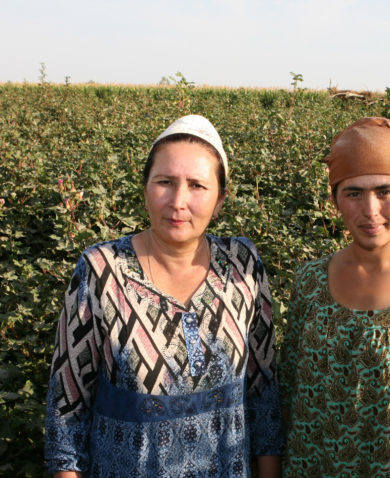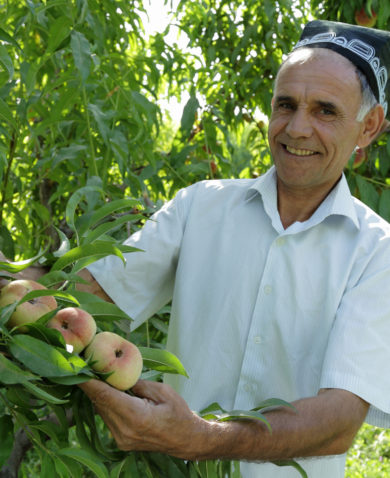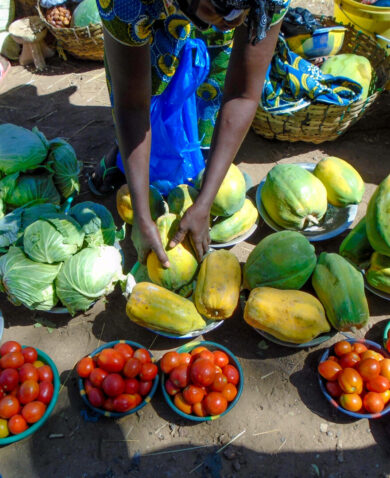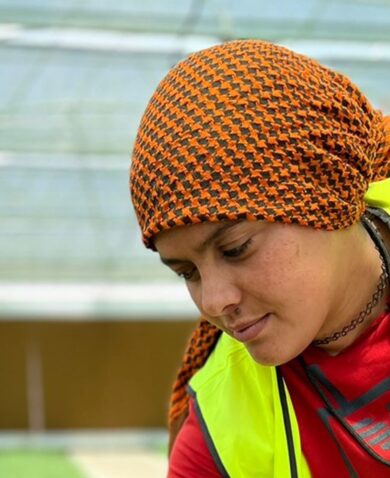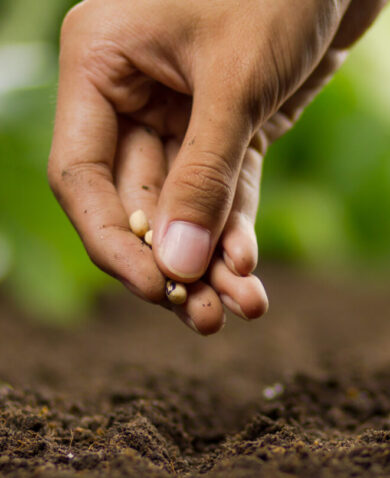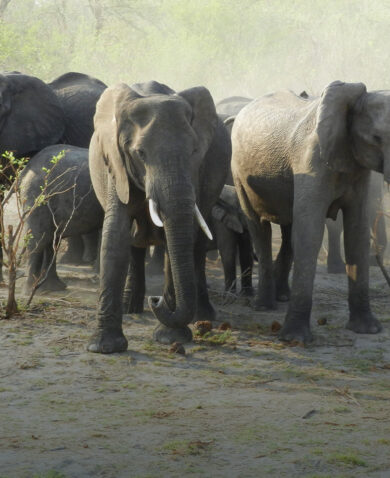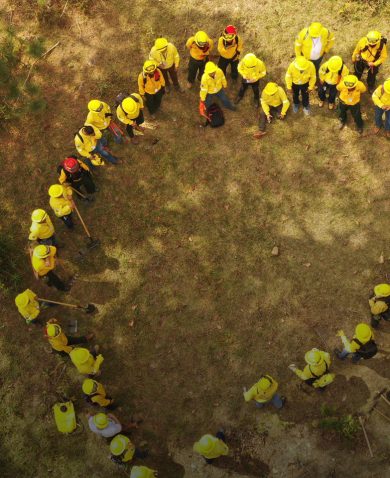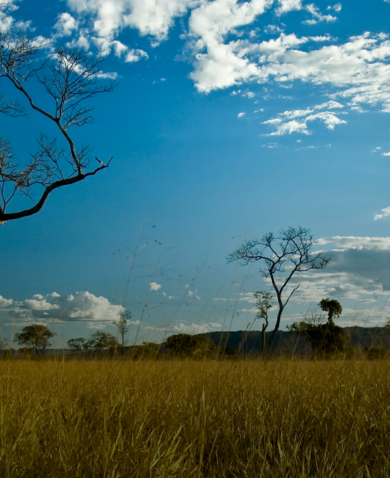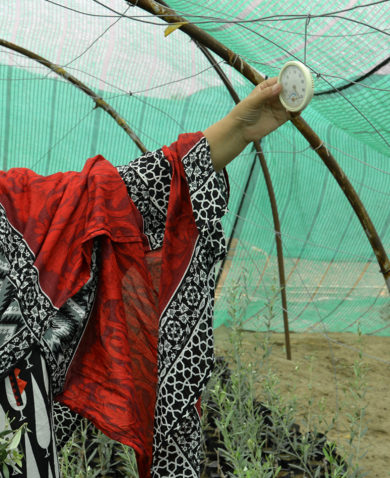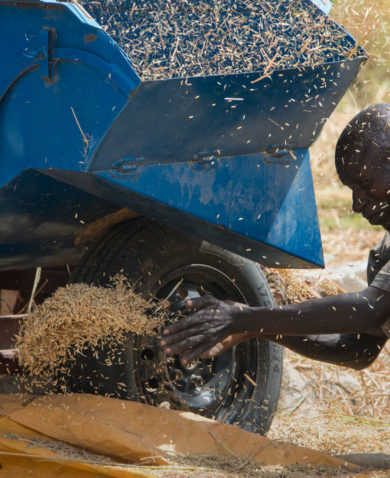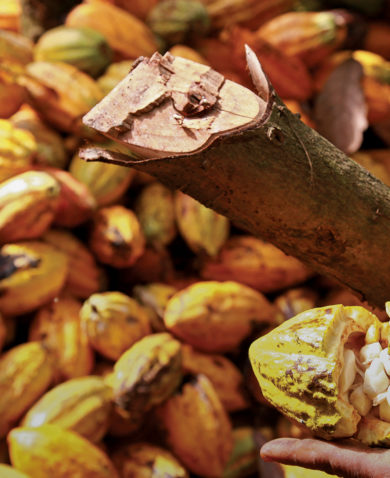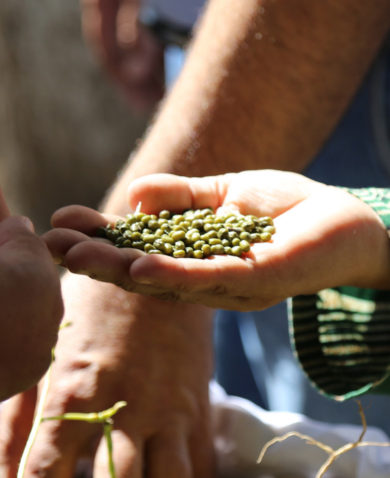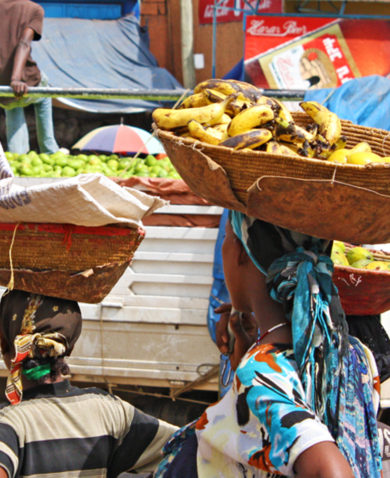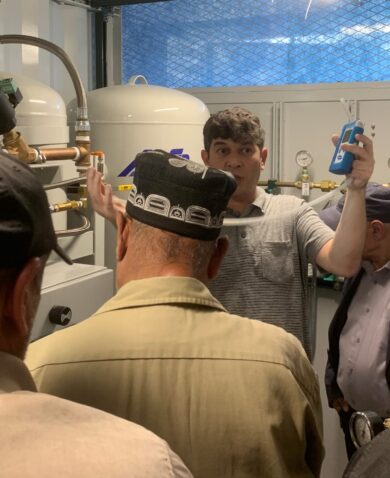In his opening remarks, the minister of agriculture emphasized the importance of the tree-planting campaign to educate the next generation on how to be stewards of their environment. He also stressed the importance of agricultural education in schools and universities to maintain and build on Haiti’s agricultural resilience.
“We cannot succeed [in] reforestation efforts without the support of higher education, students, and farmers,” affirmed Mr. Béliard.
With more than 1,000 people in attendance, this was a powerful moment for those who had never planted a tree before.
Harmonizing Agriculture and Environment Activities
Situated outside Port-au-Prince, among Haiti’s majestic mountainsides of Kenscoff, Robin is one of the country’s many rural communities that largely depend on agriculture for their livelihoods.
Agriculture employs more than half the population and is one of the only livelihood options for people in rural communities. However, agricultural outcomes are directly tied to environmental degradation, and in recent years, deforestation has taken its toll. For one thing, mudslides and erosion, particularly on Haiti’s mountainous slopes, have destroyed crops and irrigation infrastructure downstream.
Furthermore, approximately 85 percent of Haiti’s watersheds are degraded, leading to flooding, fewer healthy crops, and less groundwater for irrigation during drought. As a result, food security and nutrition have been threatened.
To counter these challenges, CLP has partnered with farmer associations, sub-watershed management committees, the private sector, and the local government to harmonize environmental efforts and agricultural pursuits. The project is collaborating with farmer organizations to stabilize more than 37 kilometers of ravines with different types of structures that limit erosion — gabions, which are wirework containers filled with rocks that are piled up and often used as retaining walls, and vetiver, a type of grass that can reduce erosion and rainfall runoff.
In addition, CLP promotes sustainable practices on hillsides to increase agricultural production while stabilizing hillsides. Farmer organizations are installing 50 hectares of agricultural terracing on the mountainsides of Kenscoff and Belle Fontaine and planting vegetal structures, such as vetiver, elephant grass, and pigeon peas. The project also promotes greenhouse agriculture using vertical drip irrigation. Specialized water retention ponds will maximize water availability and increase yields by 20 times, compared to traditional hillside practices. This approach offers a sustainable alternative for farmers who plant crops on steep and fragile mountainsides.

